Sourcing from China has gotten tougher in 2022.
Some of you may want to source from China but you’re not sure HOW to do it.
Others may already be sourcing products from China and are concerned about the COVID-related lockdowns in Shanghai and across China.
You may be wondering “Is China still the right place to source products to sell on Amazon?”
By the time your finish this article you will know:
- Is China still a good place to source from in 2022?
- Where to look for suppliers on Alibaba and beyond?
- The 5 steps to find a trustworthy supplier
Here are some of the exact questions I will answer:
- How to find a trustworthy supplier
- A comparison of popular sourcing platforms so you know which is the best one for you
- How to source during the pandemic and China lockdowns
- The one step you should never skip in the sourcing process
Part 1: Is China still a good place to source from in 2022?
China is the #1 manufacturer in the world. It’s also probably the best sourcing destination for most Amazon FBA sellers. On the whole, even though you can get products made in other countries, China represents the lion’s share of the world’s manufacturing.
According to a Global Sourcing Report conducted by QIMA, China is the top sourcing destination for 47% of US and EU buyers. Even though China’s sourcing market share has dropped from 61% in 2019, it still is the world’s #1 sourcing destination.
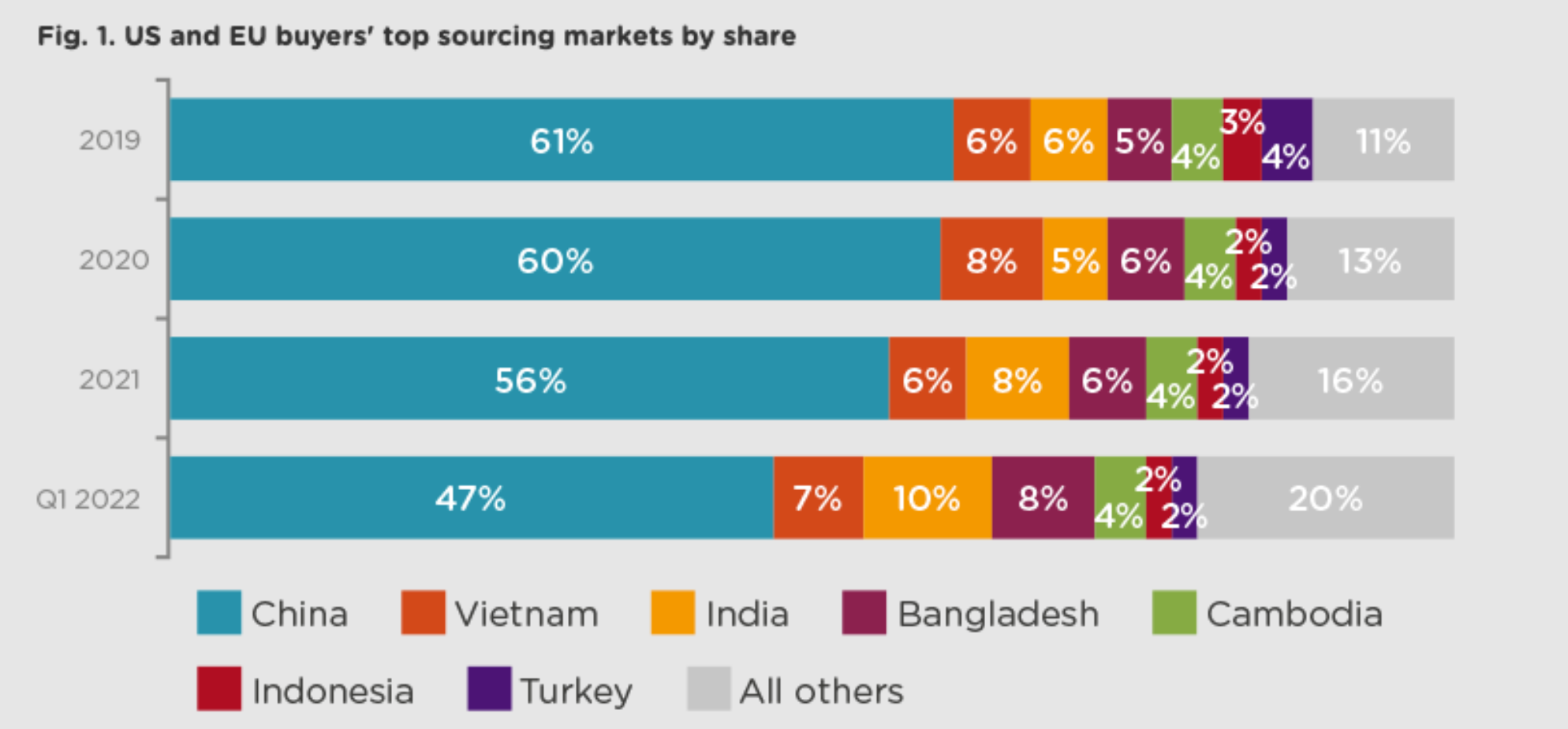
However, as we navigate a post-pandemic world, there are many uncertainties when sourcing from China that can derail your sourcing, causing delays in stocking your product.
Moreover, as of right now, China’s borders are virtually closed.
This means you cannot visit factories, meet with suppliers, attend trade shows like Canton Fair, and need to rely on remote sourcing methods which we will review.
The truth is sourcing from China is not as smooth as it was before.

Image credits: Nikkei Asia
Many regions in China have been affected by lockdowns due to China’s Zero-Covid policy. A given region might be the size ofan apartment complex, a small town, or even entire cities like Shanghai with upwards of 30 million people.
Sourcing: What’s changed with the lockdowns?
Factories, ports, trucking, couriers, and even inspection agencies face uncertain and sporadic lockdown risks, which means delays can happen at any time if you are sourcing products from China.
When you outsource your manufacturing overseas, your supply chain is only as strong as your weakest link.
This means even if your factory is operating, if their raw materials supplier goes under lockdown, if the couriers are restricted from entering provinces or cities, or if the truckers cannot deliver your finished order from the factory to the port, you are stuck.
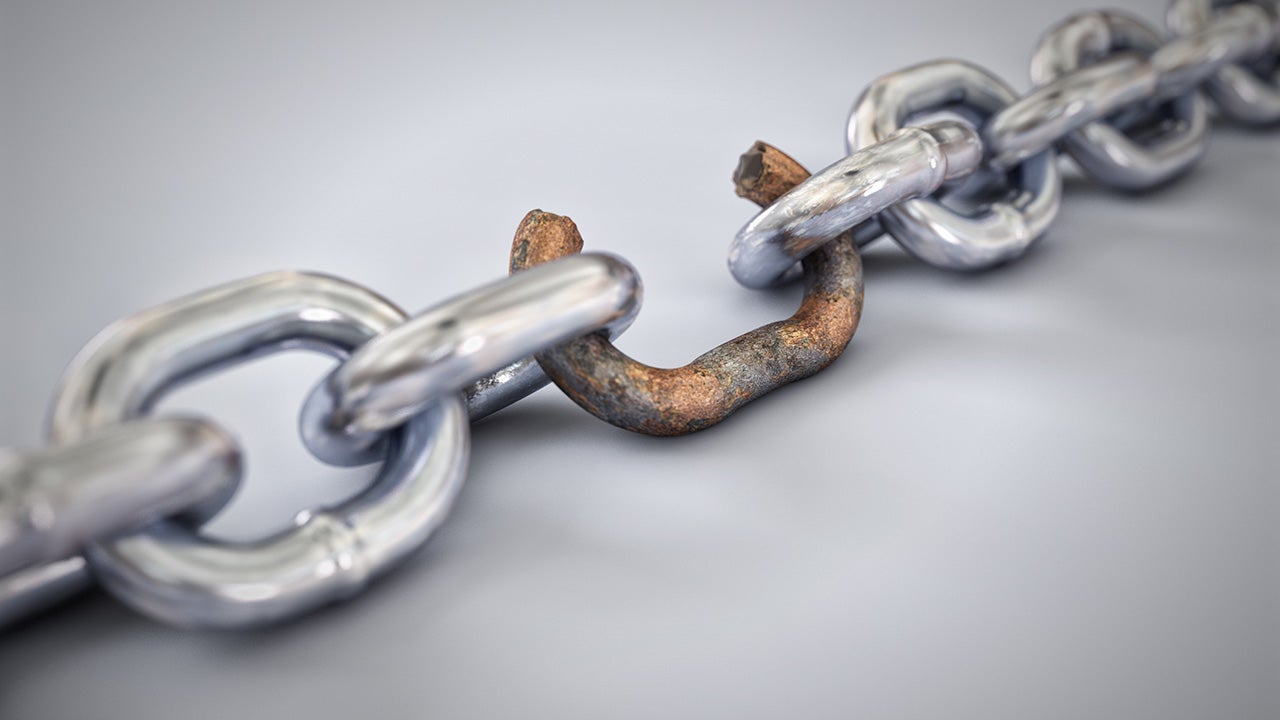
Your supply chain is only as strong as its weakest link.
This is not to say that you shouldn’t source from China.
For many private label products, China is still the ONLY PLACE in the world to source from right now — no matter how hard you try.
Other countries may not have the raw materials, experience, and technology to replace the breadth and depth of China’s manufacturing.
Secondly, China’s manufacturing sector is literally “too big to fail”. The government, despite the zero Covid policy, is under even greater pressure to provide jobs for its people. If the lockdowns were allowed to continue too long, this would jeopardize the entire economy. In my opinion, there is NO CHANCE they will let that happen and potentially cause the country to fail.
That’s why I want to walk you through ways to overcome all of these drawbacks to help you successfully get your products from China to sell on Amazon FBA.
Let’s begin finding suppliers.
Part 2: Where to look for suppliers?
Finding a good supplier is one of the keys to building a successful eCommerce business. In fact, they are one of your partners in producing quality 5-star products to build your business around.
In fact, I’ve asked Amazon PPC agencies what’s their #1 recommendation in optimizing and scaling Amazon PPC campaigns and they’ve said it starts with having a GOOD PRODUCT.
And you need to first find a good supplier to make that product.
Given all the changes right now, however, you might be wondering…
What doesn’t work anymore?
Traditionally one of the best ways to source products from China was to physically go to China, visit the factory, meet the factory staff and management, tour the factory, and see “how the sausage is made”.
It’s nearly impossible to travel to China right now, so traveling to meet suppliers in person is not going to work until China’s borders reopen for the general public.
Word on the street is that it could take until 2023 or beyond.
In addition, this means that visiting in-person trade shows such as the popular Canton Fair and sourcing marketplaces such as the Yiwu small goods marketplace are not sourcing options as of now.
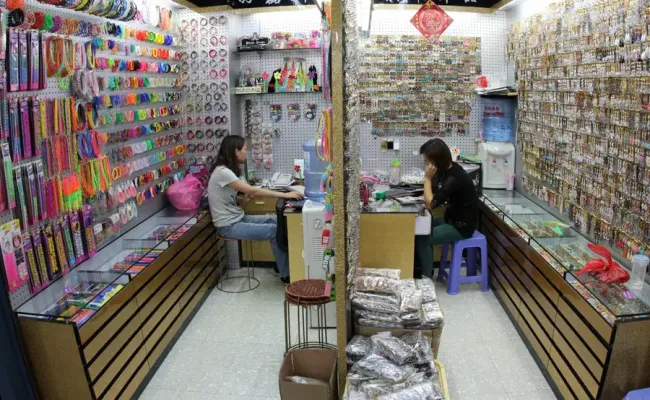
Yiwu, China’s wholesale capital Image credits: Business Insider
Sourcing: What still works?
Online sourcing platforms such as Alibaba, 1688.com, and Global Sources still work. In fact, this will be the primary way you will source products from China right now and I will walk you through how to use these sourcing platforms later in this article.
Sourcing agents are another method. This is a way to hire someone “on the ground” in China to find and vet suppliers, collect samples, negotiate, manage the manufacturing process, build relationships (guanxi), and deal with any issues that come up.
In terms of trade shows, the largest trade shows, such as Canton Fair and Global Sources, have now released online versions of their exhibitions and they happen in the Spring and Fall of each year.
Personally, I have not used the online versions of trade shows and reviews have been mixed but it is worth a try as technology is rapidly improving and the next version of their online trade show could be another way to source suppliers online while China is locked down.
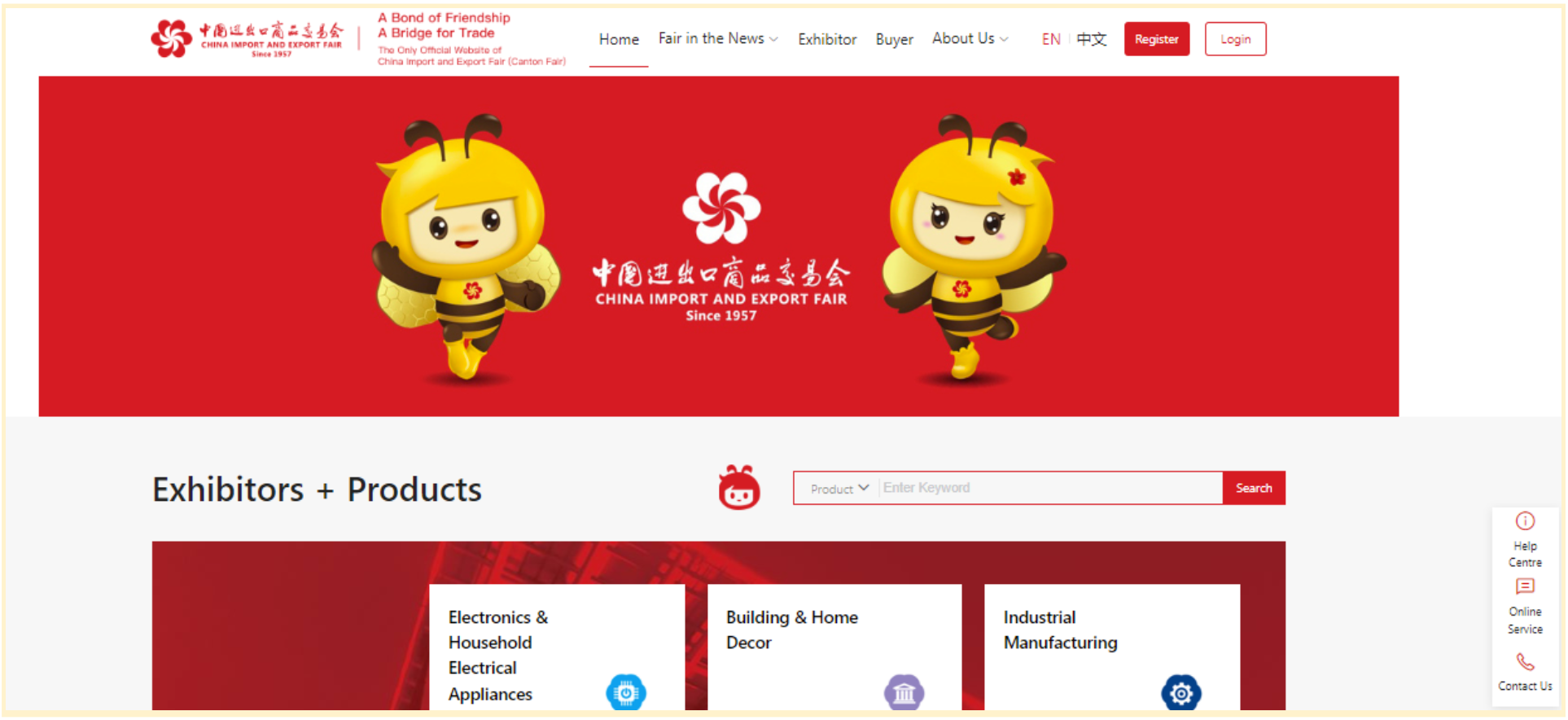
4 ways to source products online
Your best bet right now is to source your product online. Here are 4 places where you can source your product and I will walk through the pros and cons of each.
1) Alibaba.com – the Yellow Pages of China Sourcing
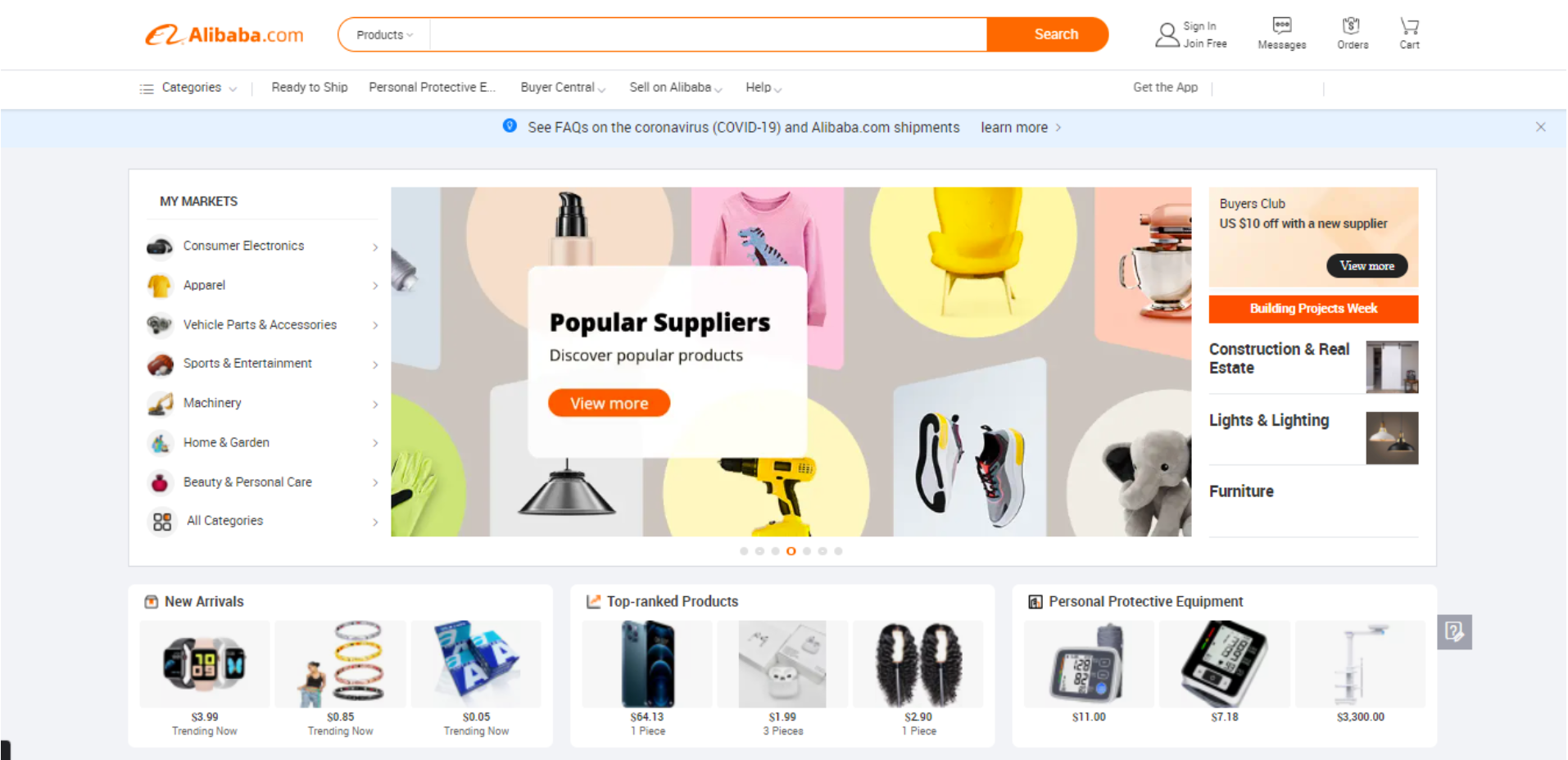
Alibaba is the most well-known sourcing platform for most Amazon FBA sellers.
It has the largest listing of suppliers and I’ve called it the “Yellow Pages” of China sourcing. There’s going to be a mix of the good, the bad, and the ugly in there and it’s your job to comb through them to find the gems and weed out the ones that are not a good fit.
I will walk you through the process in Part 3 of this article.
Just because a supplier is listed as a “Gold Supplier” doesn’t mean that they are actually a good supplier. It only means that they paid Alibaba a marketing fee for a premium listing.
2) Global Sources – less but more
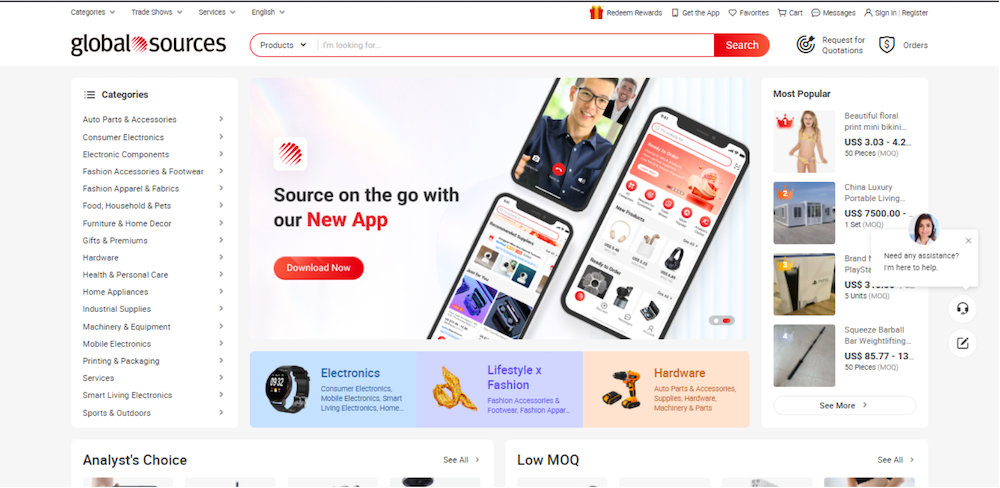
Global Sources is a Hong Kong-based company that operates an online sourcing site and offline trade shows. They actually started earlier than Alibaba but they are lesser-known.
Its strength is a couple of categories including Electronics, Fashion and Apparel, Home and Kitchen, Smart Home Appliances, Gifts, and Travel.
If you are sourcing products in these categories, I highly recommend you give Global Sources a look.
Even though they have fewer suppliers listed on Alibaba, the suppliers listed typically tend to be more vetted as many of them have had physical booths at Global Sources’s offline trade shows.
This means they have more skin in the game and have spent thousands of dollars on sending their team to Hong Kong. It could therefore mean that they are less likely to be a scammer posing as a supplier on the internet.
3) 1688.com
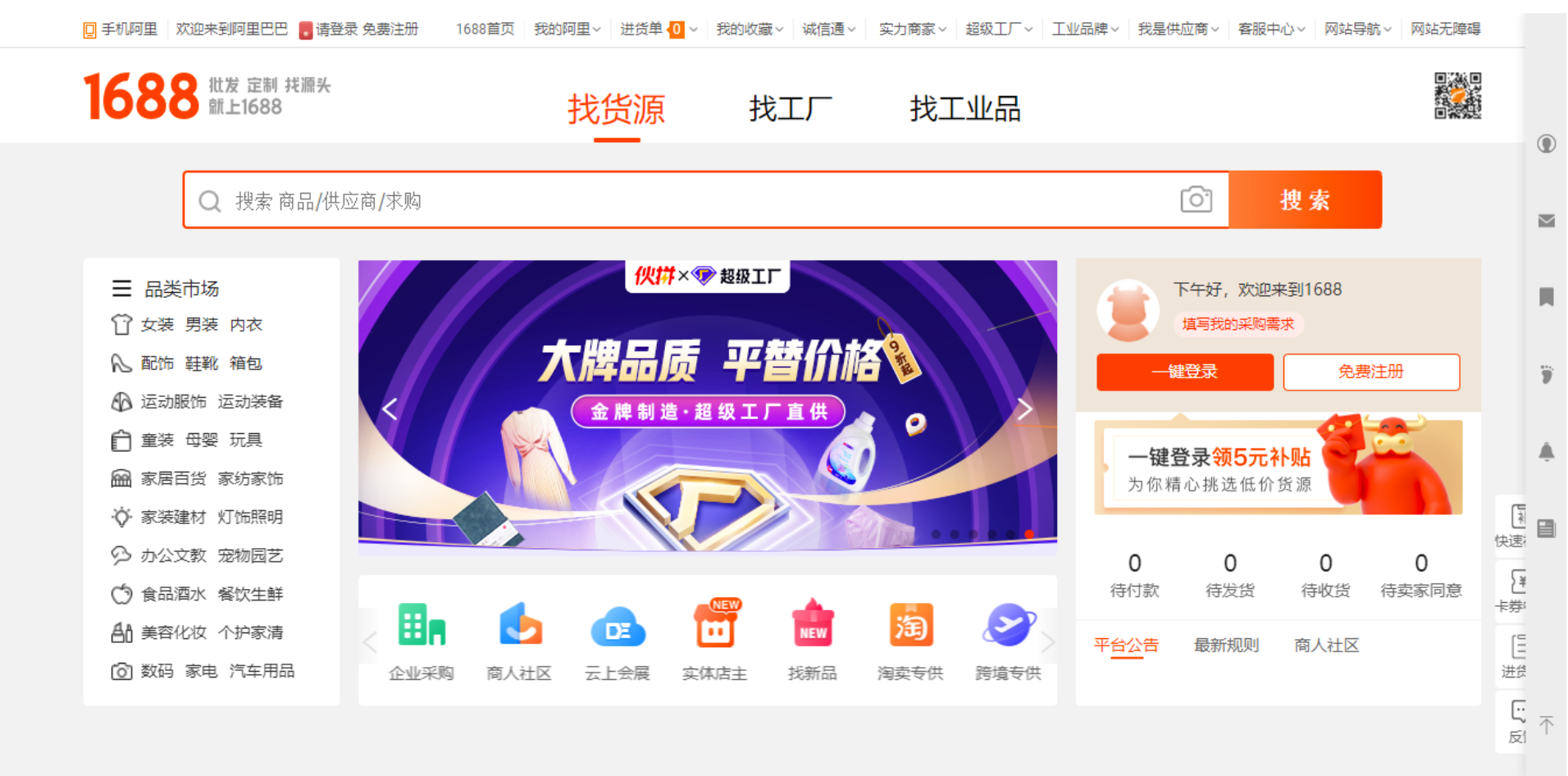
1688.com is a domestic China-focused sourcing website (owned by Alibaba) that has been gaining more interest from Amazon FBA sellers.
In my view, I DO NOT recommend 1688.com, especially for beginners.
The hope is to find lower prices than those on foreign targeted sites like Alibaba.
There are a couple of drawbacks, however.
The first is that the website is entirely in Chinese. Google translate can be an option but it works spotty at best.
Second, the quality of the products in 1688 could be poorer. One thing that many sellers may not be aware of is that the quality of products for the domestic Chinese market tends to be WORSE than the quality of products that China makes for the overseas market.
I’ve lived in China for over a decade in Shanghai, Nanjing, and Beijing, and have seen it firsthand. In fact, in local shops, owners will prominently advertise clothing that is “export quality,” with the assumption that it is better quality than the domestic targeted products.
This means that if you are sourcing products on 1688.com you need to be extra careful that the quality is acceptable for your Amazon marketplace so you don’t get 1-star reviews. I will explain how to Quality Control and the One step you should never skip in Part 3.
Thirdly, the sellers on 1688.com usually have zero experience shipping their products overseas. Unlike the suppliers on Alibaba or Global sources, which are prepared to ship products to you in the U.S. or Europe, the suppliers on 1688.com may not have an export license. This means that they cannot legally ship you your product unless they go through a middleman with an export license (e.g. a trading company).
This could be an additional expense, and in my opinion, it’s not worthwhile trying to use 1688.
You can, however, use 1688 as a price comparison tool to do more research on product pricing. See Part 5, “Advanced Sourcing Tactics,” for how to use this as a negotiating tactic to get a lower price!
4) US Customs Import Records
US Customs has a public record of all imports that arrive in the US. Amazon sellers can use these listings to potentially search for your competitors’ company names and find out if their suppliers are listed on the record.
This is a great tactic because you can assume that if a successful brand is already sourcing from this supplier then this supplier has the ability to make a 5-star product (BINGO!).
Traditionally you would have to use tools such as Panjiva or Import Genius to obtain these records, but now Jungle Scout has a cool feature called “Supplier Database” that can access this information for you.
For example, if you are selling sunglasses, you might want to find out where a big player in sunglasses like Warby Parker is importing their sunglasses and accessories.
I did a search by company on the JS Supplier Database for “Warby Parker”.
In seconds I found 9 suppliers that Warby Parker has actually imported from according to US Customs data!
Remember, this method is not 100% foolproof as there are ways to opt-out of your company’s import record from being listed publicly — but it is another tool in your arsenal which you can use to find suppliers for your product.
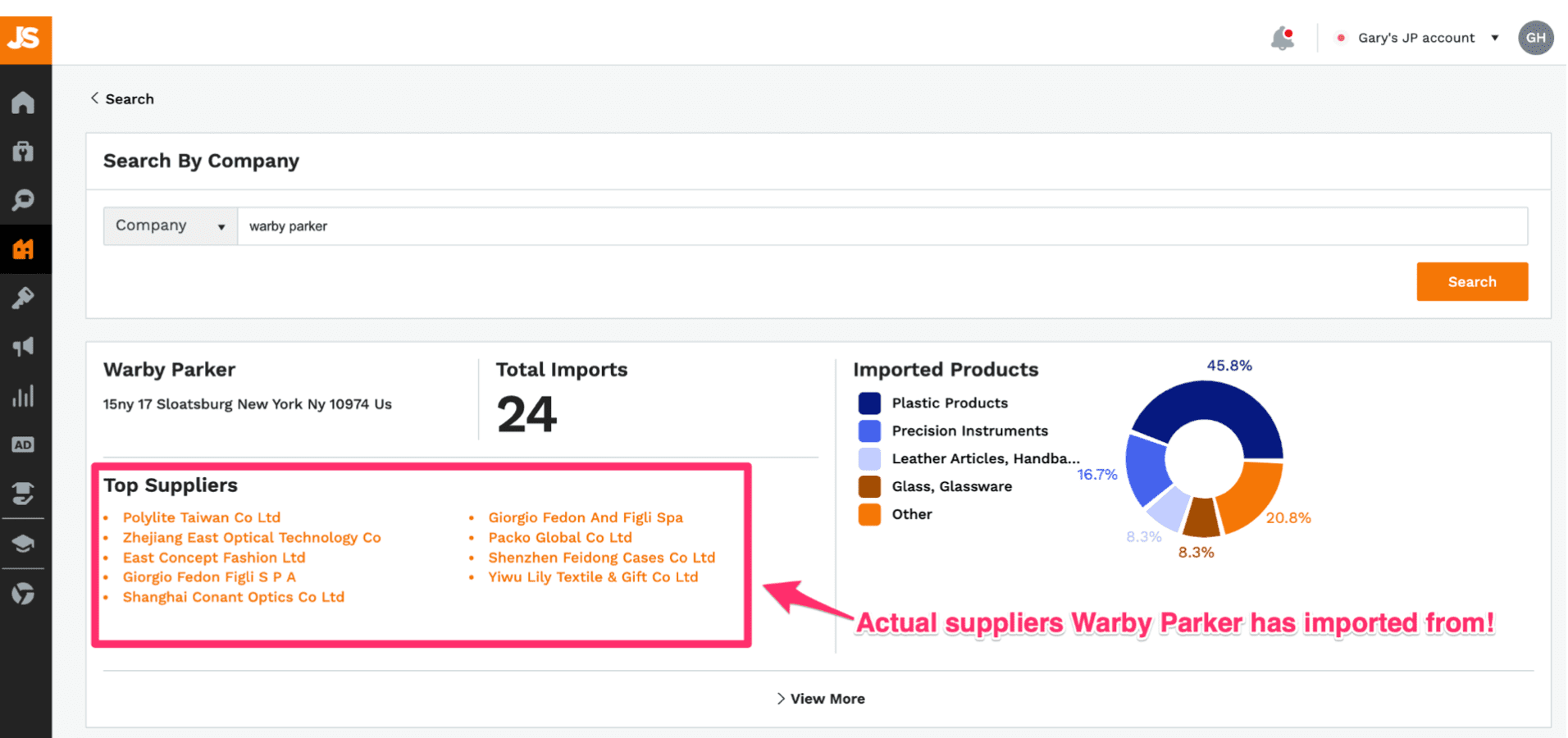
Part 3: 5 steps to find a trustworthy supplier – Fundamentals of Sourcing Products from China for Amazon FBA Sellers
Step 1: Mindset: supplier dating game
Finding a trustworthy supplier is like a dating game.
You want to find a partner that has the right qualities you want in a long-term relationship.
Maybe you’ll be attracted to them based on their appearance (e.g. Alibaba listing with the hot product) but you still need to get to know them better to learn about their personality, their strengths (and weaknesses), and ask yourself: is this someone I can trust for the long term, through good times and bad?
It’s almost like getting married to a potential supplier, because when you are running a 7 or 8-figure brand, your supplier is literally your partner to make your 5-star product so you can win in the marketplace.
If you find a supplier that makes poor quality products, or that is non-responsive, is constantly delaying shipments, or is being dishonest with you, that could sink your entire business and leave you scrambling for a replacement while your sales suffer.

Finding a trustworthy supplier is like a dating game
How do you do this?
Step 2: Put together a Request for Quotation (RFQ)
The next step is to prepare a Request for Quotation to contact your longlist of suppliers.
I find that using an RFQ is the most effective way to increase response rates and also look professional.
What is an RFQ?
This is the first contact with a potential supplier where you:
- Introduce yourself, your company, industry, country, and the marketplace you’re selling in
- Describe the product, including specifications
- Ask questions to qualify the supplier
Think of it as the first meeting with a potential supplier.

A properly put-together RFQ can help you find and evaluate suppliers, reduce the back and forth, and also increase response rates.
In the screenshot below of a real RFQ letter I’ve used, you can see the key questions that I ask suppliers in the first RFQ.
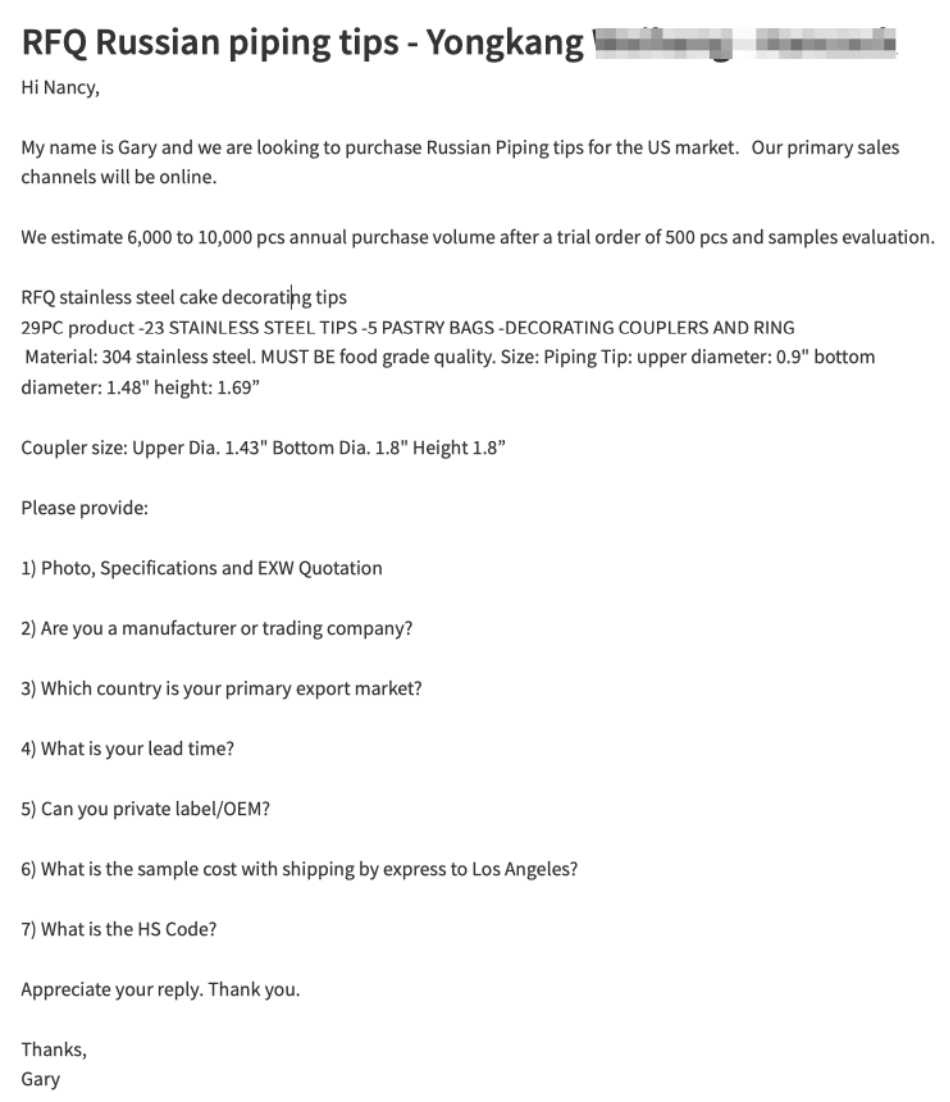
Organize questions in numbered lists
If you don’t want to play email hockey with your supplier, then you need to do all you can to make your communications clear.
One of the best ways to ask multiple questions in a single email/point of communication is to use a numbered list.
By numbering your questions separately, this will make it easier for the supplier to see that there are separate questions and if they don’t answer any question(s), it will be easier to reference them in the follow-up.
This makes communications more efficient if, for example, your supplier didn’t answer questions 4 and 6.
Be as specific as possible
It’s critical to be as specific as possible in the RFQ. This helps in increasing supplier response rates and getting the suppliers to take you more seriously, even if you’re small and new.
In fact, several years ago in Hong Kong, I attended a panel with a number of Chinese suppliers and when asked what they look for in BUYERS, one of the main things was how specific they are in their RFQs.
When they see that a buyer knows what they want, is detailed in their specifications and tolerances, knows the materials and modifications they need, and provides drawings — they will feel you are more “professional.”
This way they can immediately know whether they can help you or not. And this will improve your response rates!
A picture says a thousand words
Another key thing is to include PICTURES.
Remember, when dealing with overseas suppliers, and especially with their technical team and engineers, English is their second language. So oftentimes they may not understand all of what you say or write. If you include photos of the product, the packaging, and any modifications, that will go a long way in helping them understand what you’re looking for in terms of your product.
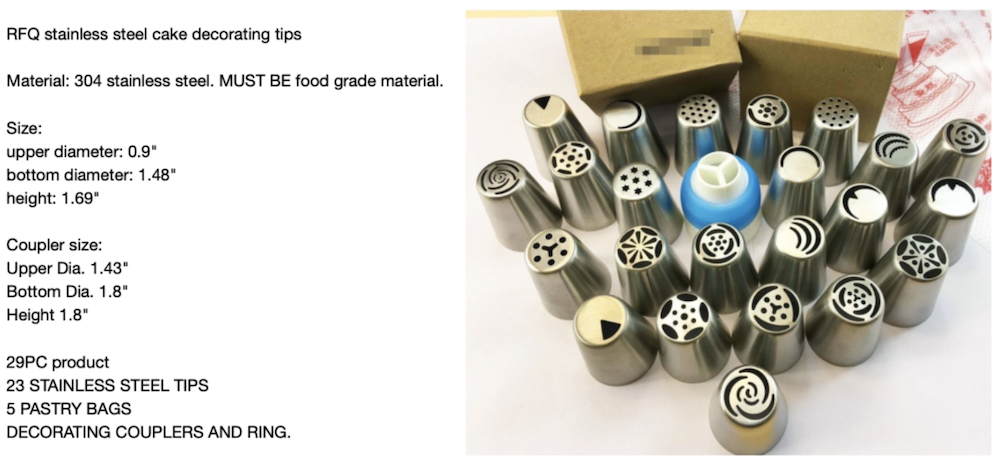
What not to do
One rookie mistake I see a lot of sellers make is to ask for the lowest price or MOQ in the initial RFQ. Not only does your supplier not understand your product’s needs yet, but this also is a big turnoff for serious suppliers who make quality products at not necessarily the cheapest price.
I recommend going through your list of questions in the RFQ to decide first if the supplier CAN make your product and gauge their responsiveness before broaching the subject of price.
Price and MOQ can be negotiated later — do not jump the gun and prematurely turn off a potentially good supplier!
I’ve included a done-for-you RFQ template as a part of a special free bonus sourcing pack for Jungle Scout readers, which you can get here.
Step 3: Cast a wide net and contact suppliers
Just like in the dating world you probably will not marry the first person you meet.
When considering a possible life partner, you probably want to meet more than one person before narrowing them down to Mr. or Ms. Right.

Similarly, finding a trustworthy supplier is a numbers game and I recommend you cast a wide net by contacting a large pool of suppliers in the initial search before narrowing them down to a shortlist.
I would use online tools, including Alibaba and Global Sources, to do that.
For example, if I were searching for a folding sunglasses case, I would run a search on Alibaba and look for suppliers that have products that closely match the product I’m looking for.
Here’s what I look for in a good supplier
- Product fit
- Experience
The key TWO things I look for in this step:
- Does the supplier manufacture a product that closely resembles mine from their pictures and supplier profile?
- How many years of experience does this supplier have on this sourcing platform? The more the better.
Note that I didn’t pay attention to price or MOQ at this time, because those can be negotiated later if they pass the initial screening round.
A lot of people say you should look for things like trade assurance, number of reviews, and lowest price or MOQ, but I disagree. The main goal now is to cast a wide net first and then go deep diving with the shortlisted candidates later.
In this example, a search for “folding sunglasses case,” Alibaba leads me to over 100 search results.
I quickly glance through the list of suppliers using the two key criteria.
Here’s a walkthrough:
The first listing is not the product I’m looking for, so I will pass.
Then I spot a supplier with the black folding case that I’m looking for. This supplier (“Supplier A”) makes the folding sunglasses case I’m looking for, but only has one year of experience. I would add them to the longlist of suppliers I’ll contact initially.
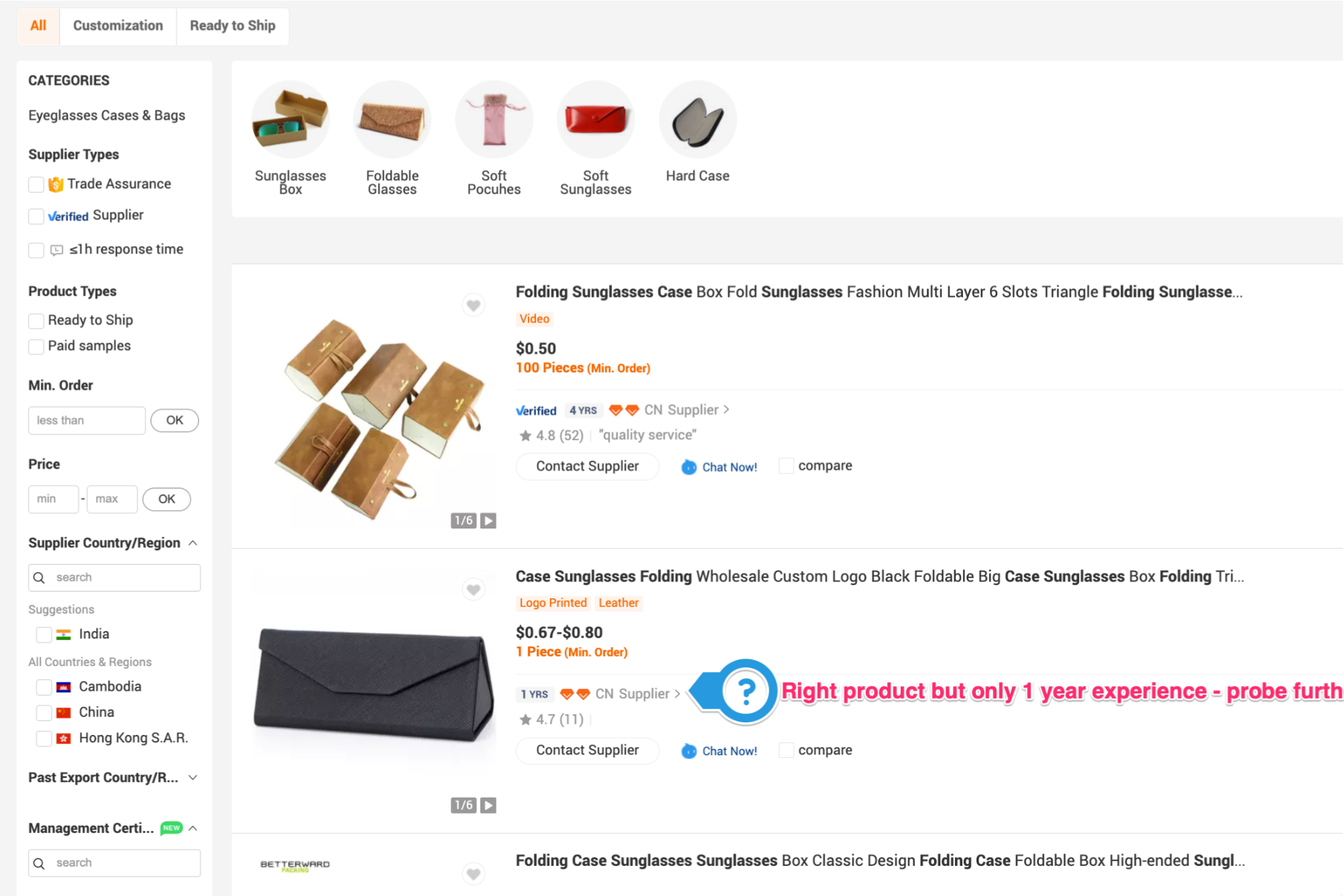
Scrolling further down the page, I spot two additional suppliers with products closely matching the one I want. Suppliers B and C have six years and four years of experience respectively, so I definitely will contact those suppliers.
I found another supplier with eight years of experience but NOT the right product. I will pass on that one.
I will continue this process until I’ve exhausted the list of suppliers or until I have at least 20 suppliers — whichever comes first.
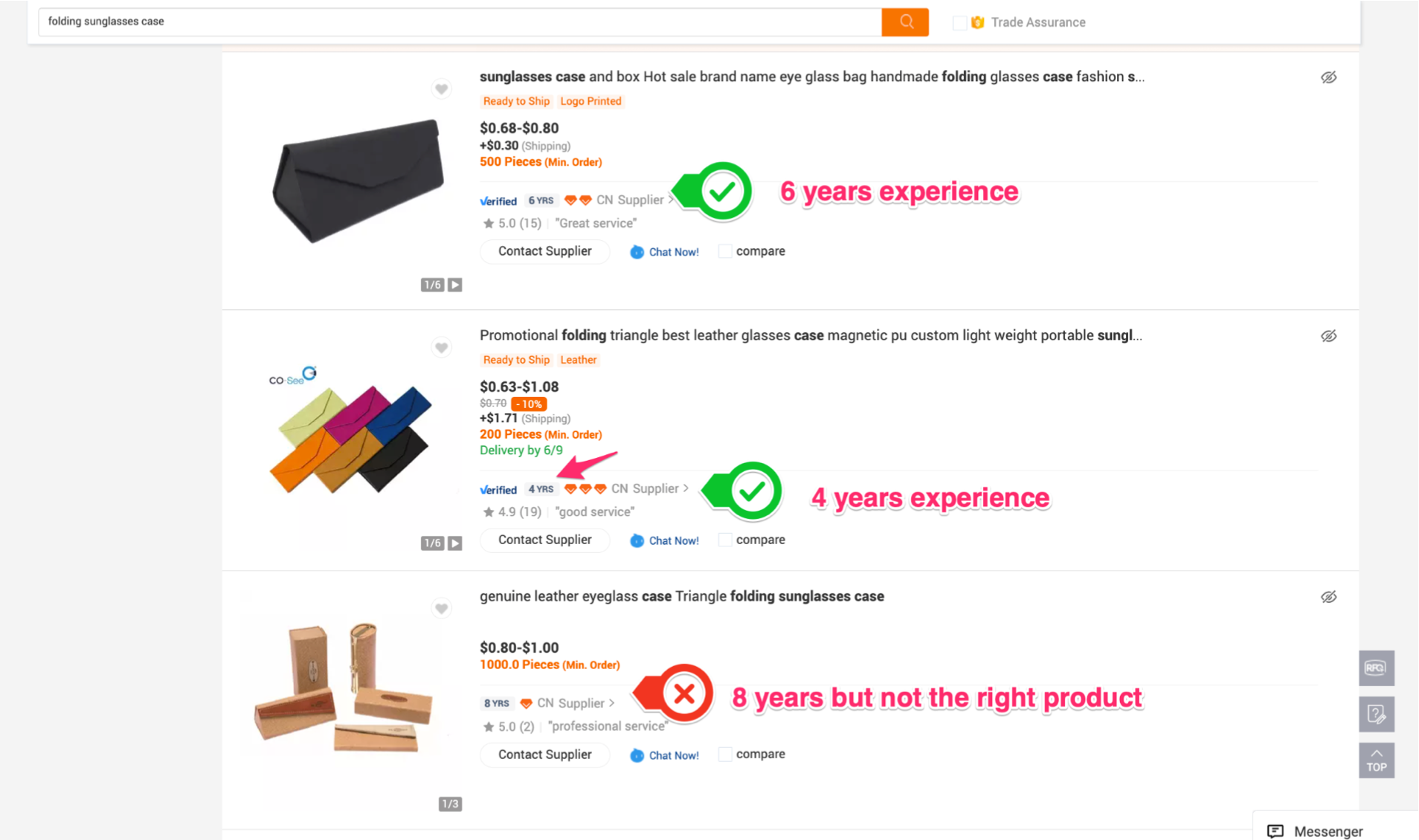
TIP: I look for suppliers that have a greater number of years of experience on the platform. The more the better. The thinking is not only that they have product experience but they have survived for 6 years without going out of business or getting hit with a lawsuit.
A new supplier with only 1 year of experience can be risky by comparison.
Another plus is if a supplier has experience manufacturing products for a large multinational corporation like Walmart, Target, or Disney.
The thinking is that if a supplier can pass quality control requirements and audits from these big players, then they are likely to be able to manufacture a quality product.
Step 4: Track responses in a spreadsheet and shortlist them
TIP: I add all of these suppliers that pass the initial two-step test into a single spreadsheet with their company names, products, and links to their listings. I will then contact suppliers and track their responses in this spreadsheet.
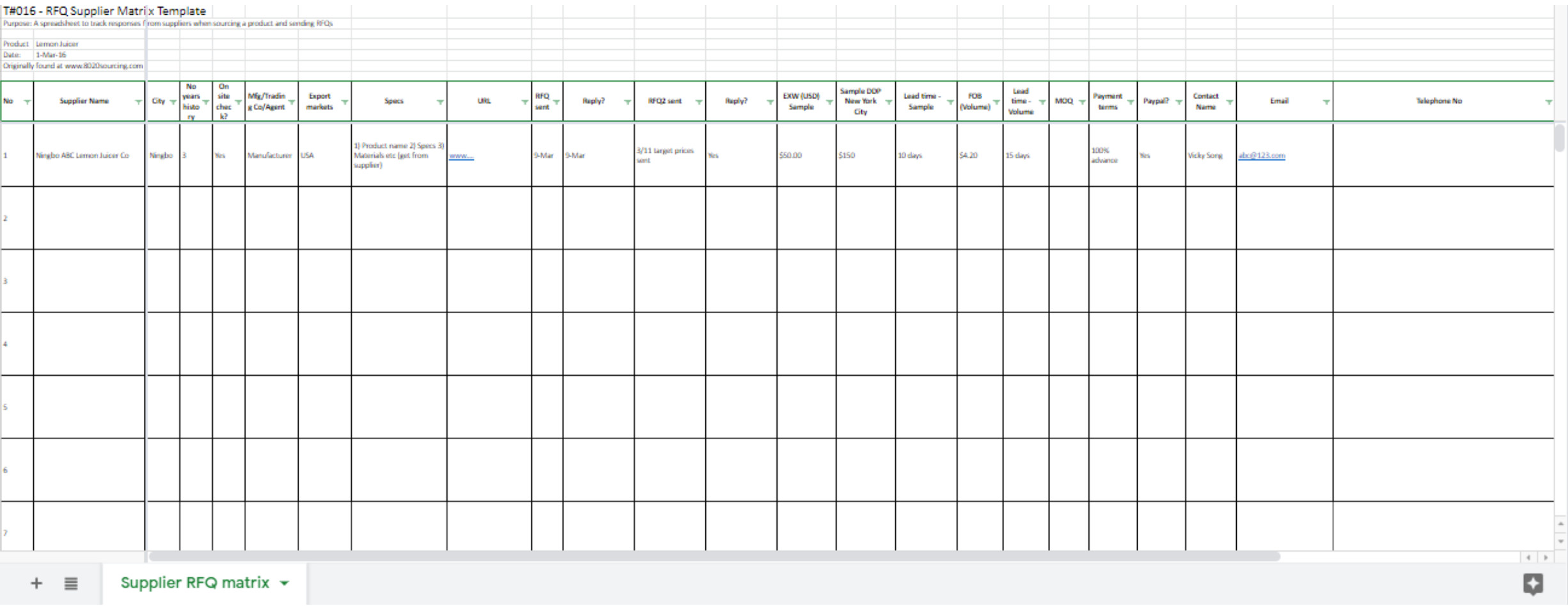
1. Common thread test
By checking a supplier’s product line, you can get a good sense of whether they are a manufacturer or middleman. Factories will typically have a common thread through their entire product line. For example, they may specialize in silicon rubber products, meaning they might manufacture silicon gloves, silicone baking sheets, and silicon measuring cups — their entire production line and supply chain is configured to specialize in this one material. They have “depth” in product selection using this material.
On the other hand, if a supplier offers iPhone cases, selfie sticks, and USB Power banks, it’s likely they are a middleman. Why? Because there’s no way one factory can manufacture such a broad line of products. The middleman is picking and choosing hot sellers from different factories and putting them on Alibaba.
2. Country Test
Another tactic that I use is the “Country Test.” By applying this quick test, you can gauge a factory’s quality level before you order samples. Note it is not 100% failsafe, but it can help you get a better idea of a factory’s quality level in the initial longlist vetting phase.
The key thing to remember is that factories can make products at different quality standards. On the high end, they can make Apple-esque quality products; on the low end they can make really cheap products with shoddy construction and poor quality that may fall apart—definitely NOT what you want to be selling on Amazon!
I do this by checking their export history (or lack thereof!) I can quickly sum up their quality level. Assuming your home market is the U.S., I would want to check if they have experience manufacturing products to your quality standard. If they have experience exporting to the U.S. or Western European countries like the U.K., Germany, or France, then that’s a good sign they probably can manufacture to your quality standards.
Factories that have manufactured for large multinational companies like Walmart or Disney tend to make products that meet higher quality and safety standards.
It’s important to know that different countries around the world have different quality levels. Overall US and European products have higher quality standards than countries in the developing world. In fact when I lived in China, I found that domestic Chinese quality products were LOWER in quality than products EXPORTED to the US or Europe. In fact some clothing stores would prominently highlight the fact that their clothes, bags, etc were “EXPORT quality” with the assumption that the quality would be better than their domestic counterparts.
Similarly, it is safe to assume that if a factory exports mainly to regions like Africa or the Middle East, then their quality level may be lower.
I would be more careful approaching them depending on my quality requirements. If you aren’t planning on selling “cheap” products typically found in dollar stores, I would eliminate them and move on.
3. Soft Skills — Attention to Detail, Attitude, Responsiveness
Look for soft skills in your suppliers. This is an additional cushion that can help ensure reliability and quality of products.
Notice the supplier’s attention to detail in the products you ordered. Great attention to detail creates unique, high-quality products. It also indicates how creative a supplier can be to ensure that they deliver the exact product you have ordered.
Attitude is also a vital soft skill to consider. It is the foundation of your relationship and connection with your suppliers. It can affect the longevity of the partnership and negotiation process.
Are they willing to work with you? Just as you are evaluating suppliers, they are also evaluating you. So if you are new and your volumes don’t meet their minimum order qualities (MOQ), some suppliers may not be interested in your business. From their perspective, they would rather work with larger and more established buyers who have greater potential to be long-term business partners. One of the things I learned over the years is that the sourcing business is not just a numbers game. In fact, you have to “sell the sizzle, not the steak.”
For example, I previously worked with a client from Brazil. Although their initial purchase volumes were not high, what really attracted the Chinese suppliers’ attention was the fact that there was an established company with an extensive sales distribution channels (sales potential) looking for a long-term partner (stability) to open a new marketplace that suppliers were not selling in (business development). From the Chinese suppliers’ perspectives, an opportunity to enter a new market (Brazil) was a huge deal to them. So that really got their attention and warmed them up to start doing business together and offering competitive pricing to win their business.
Lastly, the supplier’s responsiveness is the assurance that you greatly need when ordering products across the globe. Active communication is key to tracking products and orders, as well as combatting shipping delays. A supplier who is responsive will relieve you of the worry of delays and scams. So look for partners that can easily respond to your queries, give updates, and relay relevant information.
Step 5: The one step you should never skip
ORDER A PRODUCT SAMPLE before placing your purchase order.
I never skip this step in the process because getting a sample made is like auditioning an actor before you hire them for a role.
Imagine if you are Steven Spielberg casting a new lead actor for your next blockbuster movie. If you’re considering some new or unknown actors, would you blindly hire them without auditions or interviews? Of course not!
You would want to bring them in for auditions so they can recite some lines so you can get a flavor for their skills, character, and ultimately decide if they’re a good fit for the role before you commit to signing hundreds of thousands of dollars to them!
Well, the same logic applies to evaluating a new potential supplier for your private label product.
What sounds good over email may not be the case when they actually start production.
So think of getting a sample as a low risk way to TEST your supplier, and see if they can make the product to your standards, if they understand your requirements, and if they pay attention to the details.
You should never skip ordering a product sample to get your hands on the actual product to vet a potential supplier before committing to a purchase order.
Now that you have a good set of sourcing fundamentals, if you want to take your sourcing to the next level, I’d love to offer you a special Jungle Scout 2022 sourcing bonus pack to help you save even more time and money sourcing your product from China.
You will get:
- Bonus Part 2 of this guide: Shipping – How to Cut Costs and Reduce Delays and Advanced Sourcing Tactics from 7 and 8-Figure Sellers
- 30-page Negotiations Guide to negotiate the best prices
- A sourcing agent checklist with the 11 key questions to ask and 3 red flags to avoid
- Done-for-you RFQ template, to save you time contacting suppliers and skyrocket your response rates
- The 80/20 of Ecom Email Newsletter – Every Friday I will tell you exactly what you need to know this week in the world of ecommerce and sourcing
You can get it for free at here: https://www.8020sourcing.com/jungle-scout-sourcing-pack/
Good luck!

 1 Comment
1 Comment
One comment on “How to Source Products from China to Sell on Amazon in 2022”